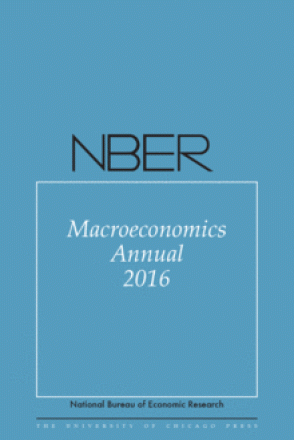Is the Macroeconomy Locally Unstable and Why Should We Care?

You may be able to download this chapter for free via the Document Object Identifier.
In most modern macroeconomic models, the steady state (or balanced growth path) of the system is a local attractor, in the sense that, in the absence of shocks, the economy would converge to the steady state. In this paper, we examine whether the time series behavior of macroeconomic aggregates (especially labor market aggregates) is in fact supportive of this local-stability view of macroeconomic dynamics, or if it instead favors an alternative interpretation in which the macroeconomy may be better characterized as being locally unstable, with nonlinear deterministic forces capable of producing endogenous cyclical behavior. To do this, we extend a standard AR representation of the data to allow for smooth nonlinearities. Our main finding is that, even using a procedure that may have low power to detect local instability, the data provide intriguing support for the view that the macroeconomy may be locally unstable and involve limit-cycle forces. An interesting finding is that the degree of nonlinearity we detect in the data is small, but nevertheless enough to alter the description of macroeconomic behavior. We complete the paper with a discussion of the extent to which these two different views about the inherent dynamics of the macroeconomy may matter for policy.
-
-
Copy CitationPaul Beaudry, Dana Galizia, and Franck Portier, NBER Macroeconomics Annual 2016, Volume 31 (University of Chicago Press, 2016), chap. 6, https://www.nber.org/books-and-chapters/nber-macroeconomics-annual-2016-volume-31/macroeconomy-locally-unstable-and-why-should-we-care.Download Citation
-


